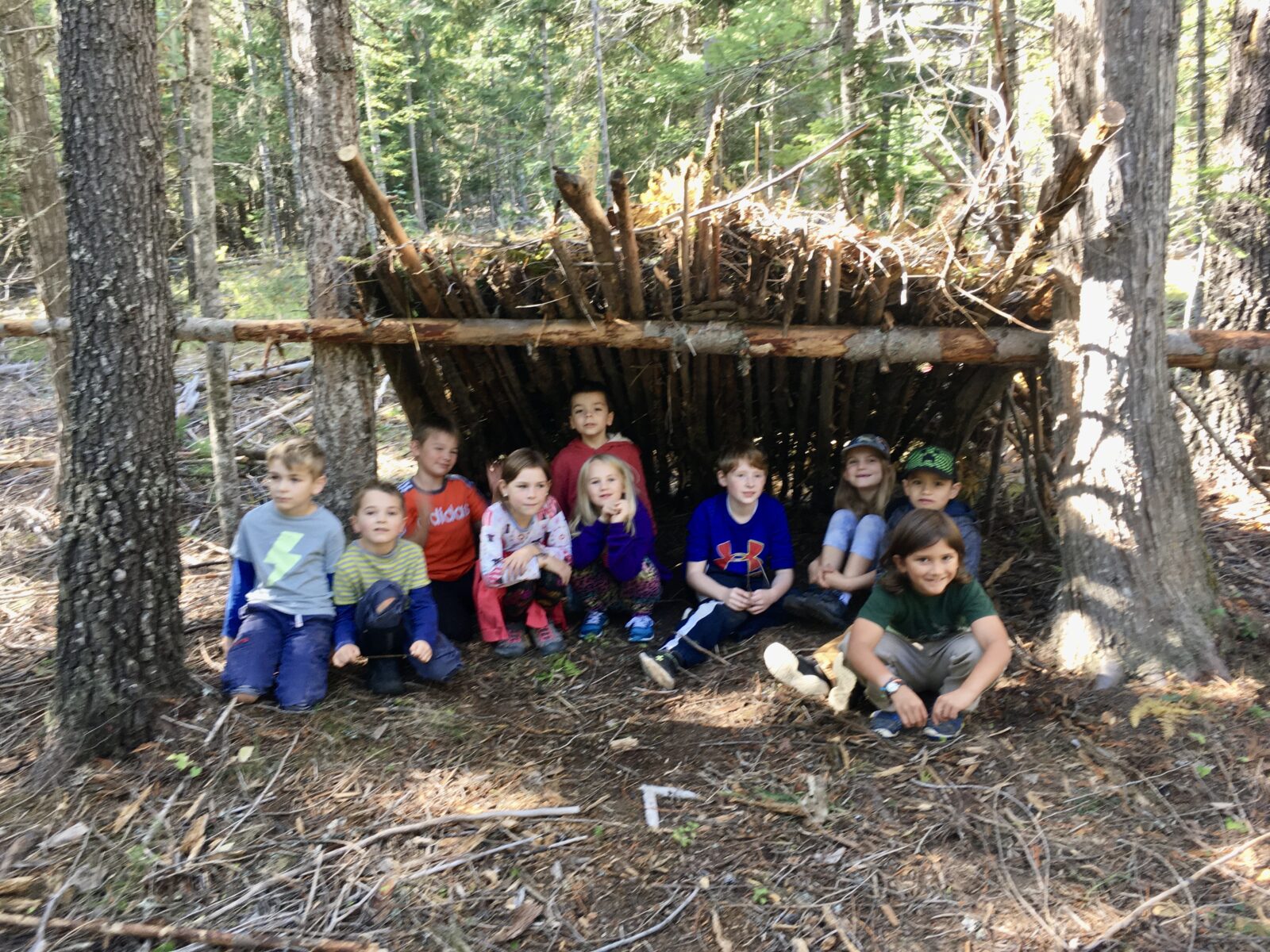Favorite Lake Places
April 21, 2023
April 21, 2023
By Heidi Lasher, Conservancy Volunteer
At the end of 2022, Inland Northwest Land Conservancy completed two important conservation deals around Lake Pend Oreille. These lands easily meet the Conservancy’s criteria for high conservation value, scenic beauty and vital wildlife habitat, and connections to already-protected lands. Yet it took courage and commitment for the property owners to decide to safeguard their lands forever as development pressures rise in North Idaho.

If you’ve boated on Lake Pend Oreille, you’ve likely seen the Miller property. You may have wondered why it isn’t covered with houses, given its commanding views up and down the lake. The Miller property forms a bench overlooking Kilroy Bay and Pine Cove on the east side of Lake Pend Oreille. Jim and Bernie’s place has no houses, just an old hunting blind, and is a well-managed forest. It is surrounded on two sides by conservation land, including the Peters property (78 acres) that the Conservancy protected five years ago and thousands of acres of national forest. “The view from the Miller property is amazing,” says Chris Deforest, Senior Conservationist at INLC. “But even better are the views from the lake looking up at the property. It’s a beacon from up and down the lake. It would have been a shame to turn that beautiful vista into a bunch of houses.” The conservation agreement keeps the land intact, allows for a single house on a small fraction of the property, and protects the habitat and views that have been there since the last glaciers retreated.
For 76 years, kids and their families have enjoyed rustic camping at Camp Stidwell on Mirror Lake, which flows into Lake Pend Oreille. Sandpoint Kiwanis owns the 147-acre Stidwell property. Like the Miller property, Camp Stidwell is an island of privately-owned land surrounded by state and national forests. It was purchased in 1947 by Sandpoint community members to serve as a rustic campground for local youth. The camp has a quarter mile of shoreline with several docks for swimming and fishing, and a network of nature trails.

Camp Stidwell was named after Charlie Stidwell, a very popular educator and principal in the Sandpoint School District. The land was deeded over to the Sandpoint Kiwanis Club, by the Bonner County Youth Camp organization. The original purpose, formed by a number of Sandpoint city fathers in 1947, was to be used as a rustic campground for youth. Change came about for the Bonner County Youth Camp organization by 1964 and they offered it to the Sandpoint Kiwanis Club if they would agree to operate the facility as originally intended.
In 1964, the Sandpoint Kiwanis Club took on ownership of Camp Stidwell to manage for the same purpose. With investments in infrastructure and the presence of Bill Ouimet, caretaker of the property since 1977, the camp has steadily grown in popularity. Today, it serves scout troops, school groups, church groups, and youth-centered wilderness programs, and—when it’s not booked by youth groups—community members can book it for private events like weddings and family reunions. In 2015, the camp logged 1,400 user days, and in 2022, the number jumped to 8,400 user days. “A lot of people have started moving into the area and asking us to sell the land,” explains Dick Vail of the Sandpoint Kiwanis club. “But we wanted to keep it rustic and stay true to the original purpose, which was to provide a campground for local youth. What we have accomplished with the easement is to secure this site in perpetuity. People like me can die or retire and we can go out knowing that the land will remain rustic and open.”
Inland Northwest Land Conservancy applauds the landowners for the effort and trust they put into the conservation agreements, as both had taken many years to come to fruition. The Conservancy also thanks the US Navy for its role in supporting the easements through its REPI (Readiness and Environmental Protection Integration) program, which protects lands near military institutions like the one situated on Lake Pend Oreille. There are only two places in the world quiet, deep, and cold enough to do submarine research, and the Navy shares the region’s interest in protecting the natural beauty and quiet of Lake Pend Oreille. Together, these conservation deals have enormous benefits to our community, both in protecting vital habitat and in ensuring connections to nature.